Iceland, often referred to as the “Land of Fire and Ice,” is a country brimming with natural wonders and awe-inspiring landscapes. From the majestic waterfalls to the dancing Northern Lights, Iceland offers an unparalleled experience for travelers. However, to make the most of your Icelandic adventure, it’s essential to time your visit right. In this guide, we’ll explore the best time to visit Iceland in 2023, ensuring you have a memorable journey through this Nordic paradise.
Table of Contents
Spring Delights – Best Time To Visit Iceland

March – A Transition Month
March marks the beginning of spring in Iceland. The weather starts to mellow out, making it a favorable time to visit. While winter still lingers, it’s your last chance to catch a glimpse of the Northern Lights before they bid adieu until the next winter season. The tourist crowds are thinner in March, providing a more intimate experience with Iceland’s wonders.
April – Blooming Landscapes
April is when Iceland comes alive with vibrant colors. The landscape transforms as flowers start to bloom, covering the countryside in a burst of colors. The thawing ice creates cascading waterfalls, adding to the dramatic scenery. April is also best time to visit Iceland for photographers and nature enthusiasts as the tourist numbers are still relatively low, allowing you to enjoy the serene beauty of Iceland.
Summer Adventures

June – Midnight Sun Magic
June is the peak of Iceland’s summer, and it brings an extraordinary natural phenomenon – the Midnight Sun. With almost 24-hour daylight, you can explore the wonders of Iceland at any time. This is the season for outdoor enthusiasts, offering endless hiking, camping, and sightseeing opportunities. Be sure to book your accommodations well in advance as June is a popular month for tourists and is also one of the best time to visit Iceland.
July – Peak Tourist Season
July is the height of Iceland’s tourist season. The country comes alive with various festivals, including the Reykjavik Arts Festival and Independence Day celebrations. While the weather is at its best, expect larger crowds and higher prices for accommodations. To secure your spot during this busy season, make reservations ahead of time.
A Colorful Autumn

September – Golden Landscapes
As summer bids farewell, September welcomes you with golden landscapes. The fall foliage paints Iceland in warm, earthy tones, creating a stunning backdrop for your travels. The weather remains mild, and the tourist numbers start to dwindle, making it an excellent time for a tranquil journey.
October – Transition to Winter
October marks the transition from autumn to winter. While the days grow shorter, you’ll have the advantage of fewer tourists. Moreover, this is when you might catch a glimpse of the Northern Lights as they begin to reappear in the Icelandic sky. It’s the best time to visit Iceland for those seeking a balance between natural beauty and solitude.
Embracing Winter
December – Festive Atmosphere
Iceland in December is a winter wonderland. Christmas markets adorn the cities, and the countryside is blanketed in snow, creating a magical ambiance. It’s a time for cozy evenings by the fireplace and soaking in geothermal pools while surrounded by snowy landscapes.
February – Northern Lights at Their Best

February is your best chance to witness the mesmerizing Northern Lights in all their glory and is the best time to visit Iceland. The long, dark nights provide ample opportunities to chase this celestial spectacle. While the weather can be chilly, the reward of seeing the Northern Lights dance across the sky is worth it. Many lodges and hotels offer cozy winter retreats, ensuring a warm and memorable stay.
Conclusion
Iceland is a year-round destination, and each season offers a unique experience. Whether you prefer the vibrant colors of spring, the endless days of summer, the golden landscapes of autumn, or the snowy magic of winter, Iceland has something to offer. Plan your visit in 2023 based on your preferences, and you’re sure to have a memorable adventure in this land of wonders.
Frequently Asked Questions
- When is the best time to visit Iceland and see the Northern Lights?
- The best time to witness the Northern Lights in Iceland is from late September to early April, with February being one of the prime months.
- Is Iceland crowded with tourists in the summer?
- Yes, Iceland experiences a peak tourist season in the summer, especially in July. It’s advisable to book accommodations in advance during this time.
- Are there any festivals in Iceland during June?
- Yes, June in Iceland is a festive month with various events and festivals, including the Midnight Sun Marathon and Reykjavik Arts Festival.
- What is the weather like in Iceland in March?
- In March, Iceland experiences milder weather as it transitions from winter to spring. Daytime temperatures can range from 0°C to 5°C (32°F to 41°F).
- Can I see the Midnight Sun in Iceland in June?
- Yes, June in Iceland is when you can experience the Midnight Sun phenomenon, with nearly 24 hours of daylight.
Experience the wonders of Iceland in 2023 by choosing the perfect season that suits your preferences and interests. Don’t miss out on this opportunity to explore the Land of Fire and Ice in all its glory.
If you are planning to visit Vietnam than you can also check our article on Top 5 Places To Visit In Vietnam.
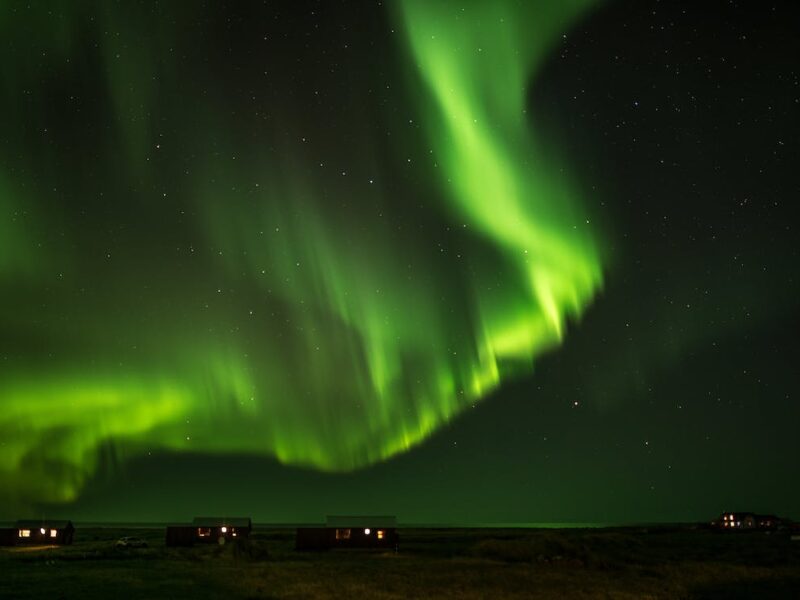
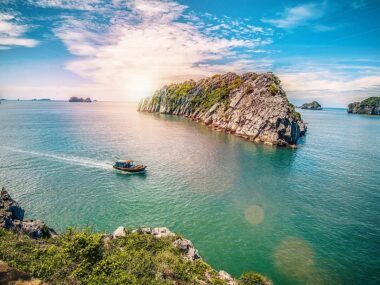
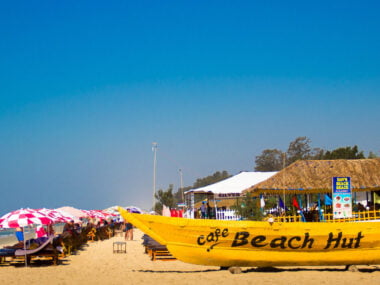
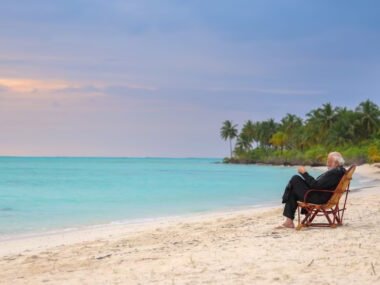
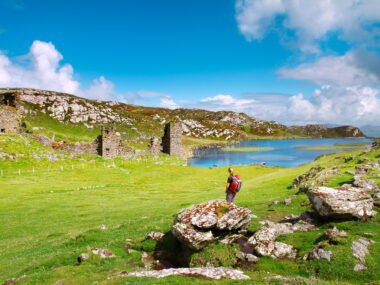

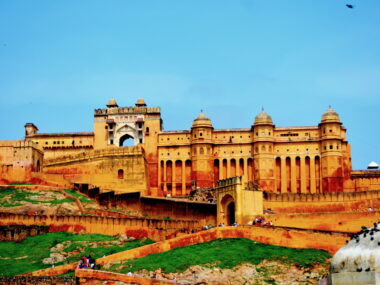




2 comments